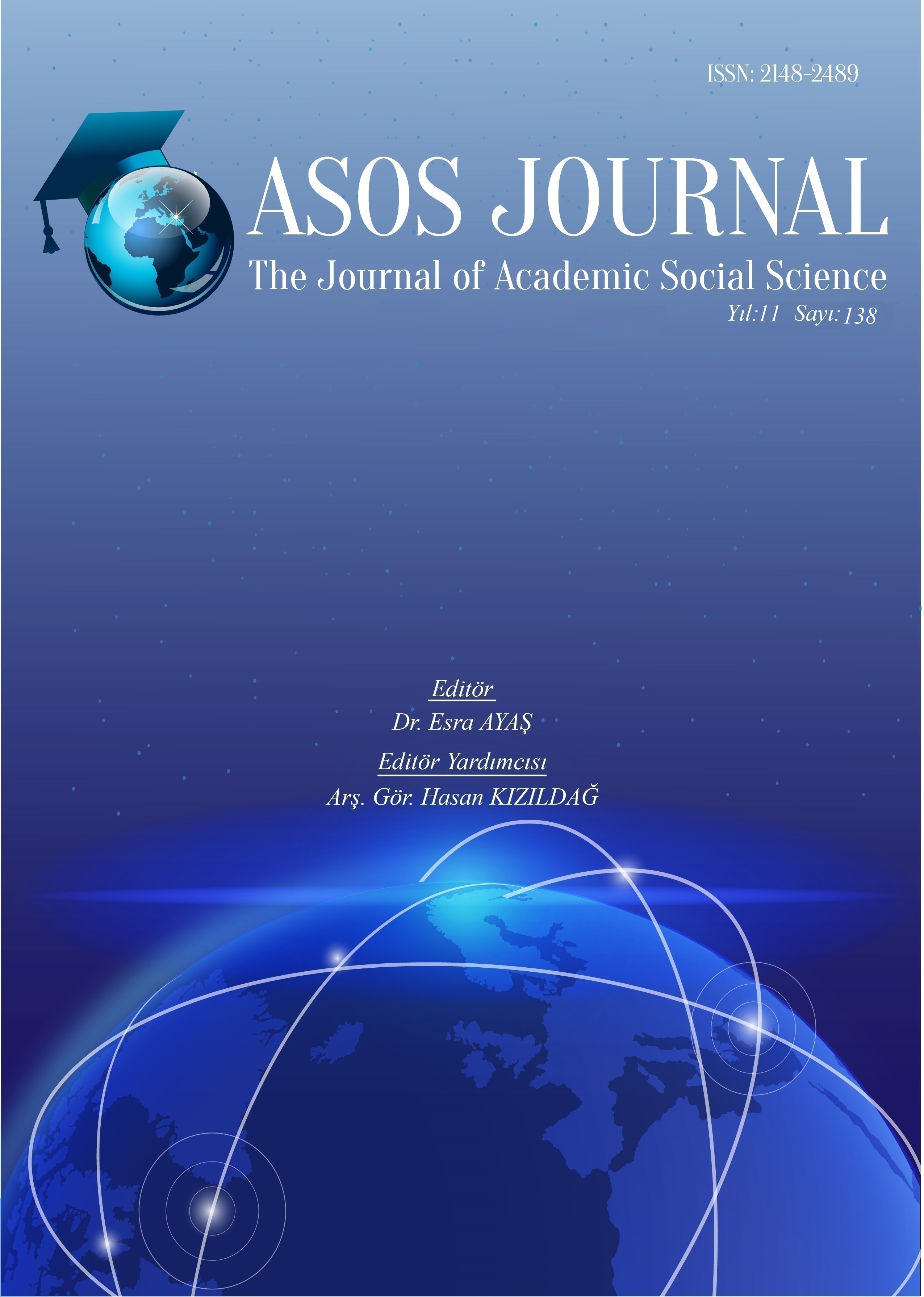Author :
Abstract
Müzehhip Kanbur Hasan Çelebi, hattat Hafız Osman tarafından yazılmış olan birkaç Mushaf-ı Şerif’i tezyin eden, XVII. yüzyılın önemli sanatkârlarındandır. Kanbur Hasan Çelebi, tezyini alanlarını çalışmış olduğu TİEM 405 envanter numaralı Mushaf-ı Şerif, serlevhası, ketebe sayfası, surebaşları, durakları ve mushaf gülleri tezhip sanatında Klasik dönem ve Batılaşma döneminin erken örneklerinden izler taşımaktadır. Eserin serlevha tezhibinde görülen soluk lacivert renk ve tığlarının tek iri bir penç motifi ile çalışılması, XVII. yüzyılda tezyin edilen diğer eserlerde de görülen bir özelliktir. Eserin tezhipli sahalarında zerenderzer tekniği sıkça kullanılmıştır. Hatta müzehhibin eserin diğer tezhipli alanlarında olduğu gibi Mushaf güllerinin kompozisyonlarında da bu tekniği ustaca uyguladığı görülmektedir. Eserin tamamında yüz otuz üç adet Mushaf gülü olup bunlardan seksen dokuz tanesi hizb, otuz tanesi el’cüz, on dört tanesi de secde gülüdür. Bunlardan sadece iki tanesi aynı sayfaya denk geldiği için tek bir düzlemde tığ yardımıyla birleşik olarak tezhiplenmiştir. Eserde biçim ve kompozisyon özellikleri göz önünde buldurularak yapılan incelemede yirmi iki farklı Mushaf gülü tasarımı olduğu anlaşılmıştır. Mushaf gülü tasarımları ara ara kendini tekrar etmiş olsa da motiflerde renk bakımından farklılıklar tespit edilmiştir. Bu Mushaf-ı Şerif’in tezhipli sahaları daha önce incelenmemiş olup çalışmada ilgili eserde yer alan Mushaf gülleri renk ve kompozisyon tasarımları ele alınarak değerlendirilmiştir.
Keywords
Abstract
Illuminator Kanbur Hasan Çelebi, who decorated several Mushaf-ı Şerif, written by Calligrapher Hafız Osman is one of the most important artists of the 17th century. The Mushaf-ı Şerif, superscription (serlevha), colophon page (ketebe sayfası), surah heads and stops (sure başları ve durakları), the Koran Roses (mushaf gülleri) with inventory number TİEM 405, in which Kanbur Hasan Çelebi studied the areas of decoration, bears traces of the early examples of the Classical period and Westernization period in the art of illumination. Pale navy blue color seen on the work's superscription (serlevha) illumination and working crochet hooks with a single large claw motif is a feature seen in other works decorated in the 17th century. The zerenderzer technique was frequently used in the illuminated areas of the work. Further, it is seen that Illuminatör has masterfully applied this technique in the compositions of the Koran Roses (Mushaf gülleri), as in other illuminated areas of the work. There are one hundred and thirty-six the Koran Roses (Mushaf gülü) in the entire work, ninety-three of them are hizb, twenty-nine are al'juz, and fourteen are prostration roses (secde gülü). Since only two of them coincide with the same page, they are illuminated in a single plane with the help of crochet. Considering the form and composition features, it was understood that there were twenty-two different the Koran Roses (Mushaf gülü) designs in the work. Although the the Koran Roses designs (Mushaf Gülü Tasarımları) repeated themselves from time to time, there were differences in terms of color in the motifs. The illuminated areas of this Mushaf-ı Şerif have not been examined before, and the Mushaf roses in the related work have been evaluated by considering their color and composition designs.





